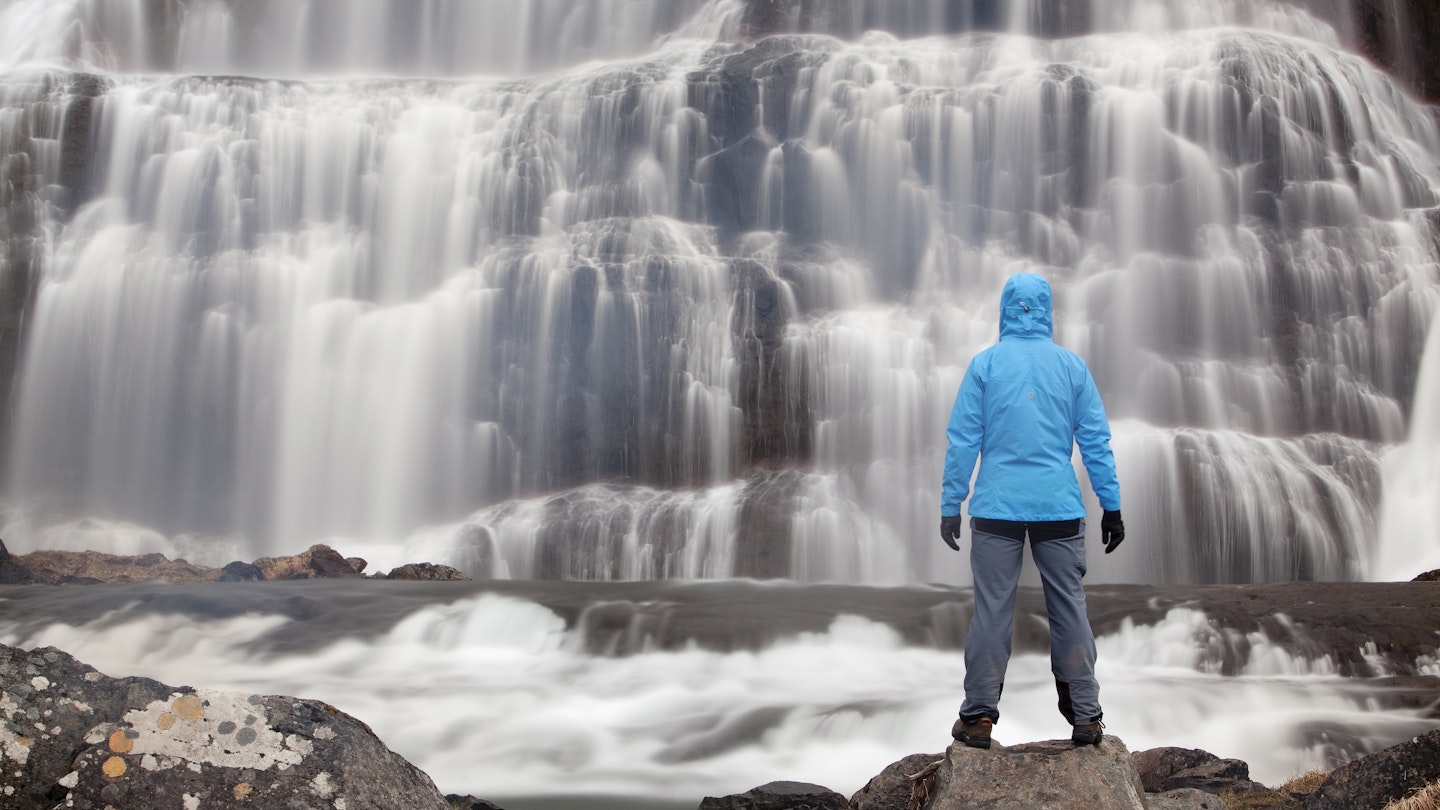Iceland Lifts All COVID-19 Restrictions
Iceland will begin lifting COVID-19 restrictions on February 25, including the requirement for travelers to isolate upon arrival or test negative to enter.
“All official epidemiological measures due to the COVID-19 pandemic will be lifted, both domestically and at the border,” Iceland’s health ministry stated in a press release on Wednesday.
This decision eliminates all rules regarding restrictions on gatherings and schooling, as well as the requirement for isolation for those infected with COVID-19.
Border Restrictions Lifted
Starting March 1, all COVID-19 border restrictions will be lifted. Consequently, travelers no longer have to present a pre-departure COVID-19 test, show their vaccination status, or quarantine upon arrival. Moreover, unvaccinated travelers are permitted to visit for the first time since October 2021.

Current Health Status in Iceland
The move to lift all public restrictions comes as Iceland records a significant decline in coronavirus-related hospitalizations. Moreover, the country is moving closer towards its goal of reaching an 80% vaccination rate by the end of March.
“We can certainly be happy at this juncture, but I still urge people to be careful, take care of personal infection control, and take a break if they experience symptoms,” said Willum Þór Þórsson, Iceland’s health minister.
Comparative Context
Iceland is following the lead of several other European countries such as Denmark, England, and Ireland in lifting restrictions. Italy recently announced it would end its state of emergency on March 31 and begin to ease COVID-19 rules, while Portugal is expected to announce a similar lifting of restrictions soon.




